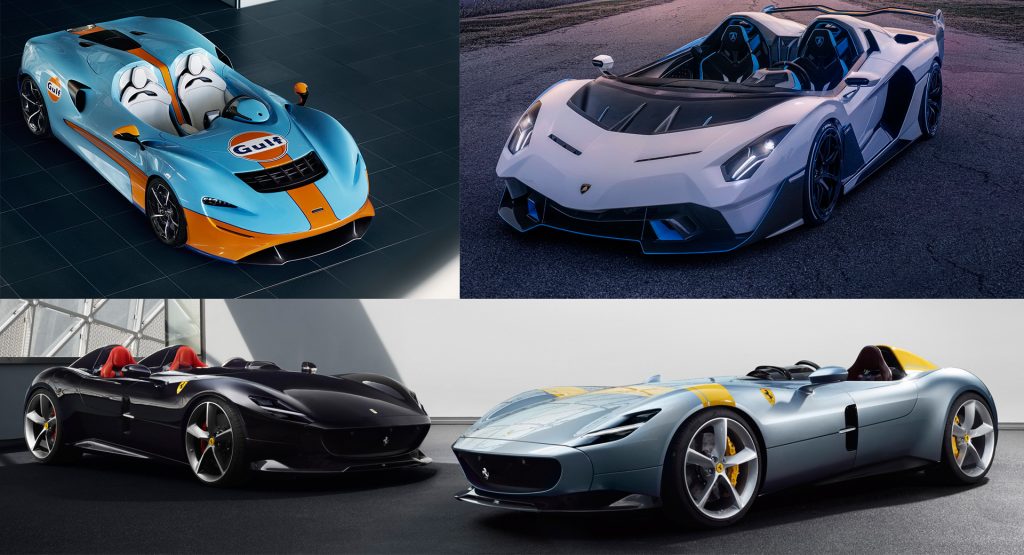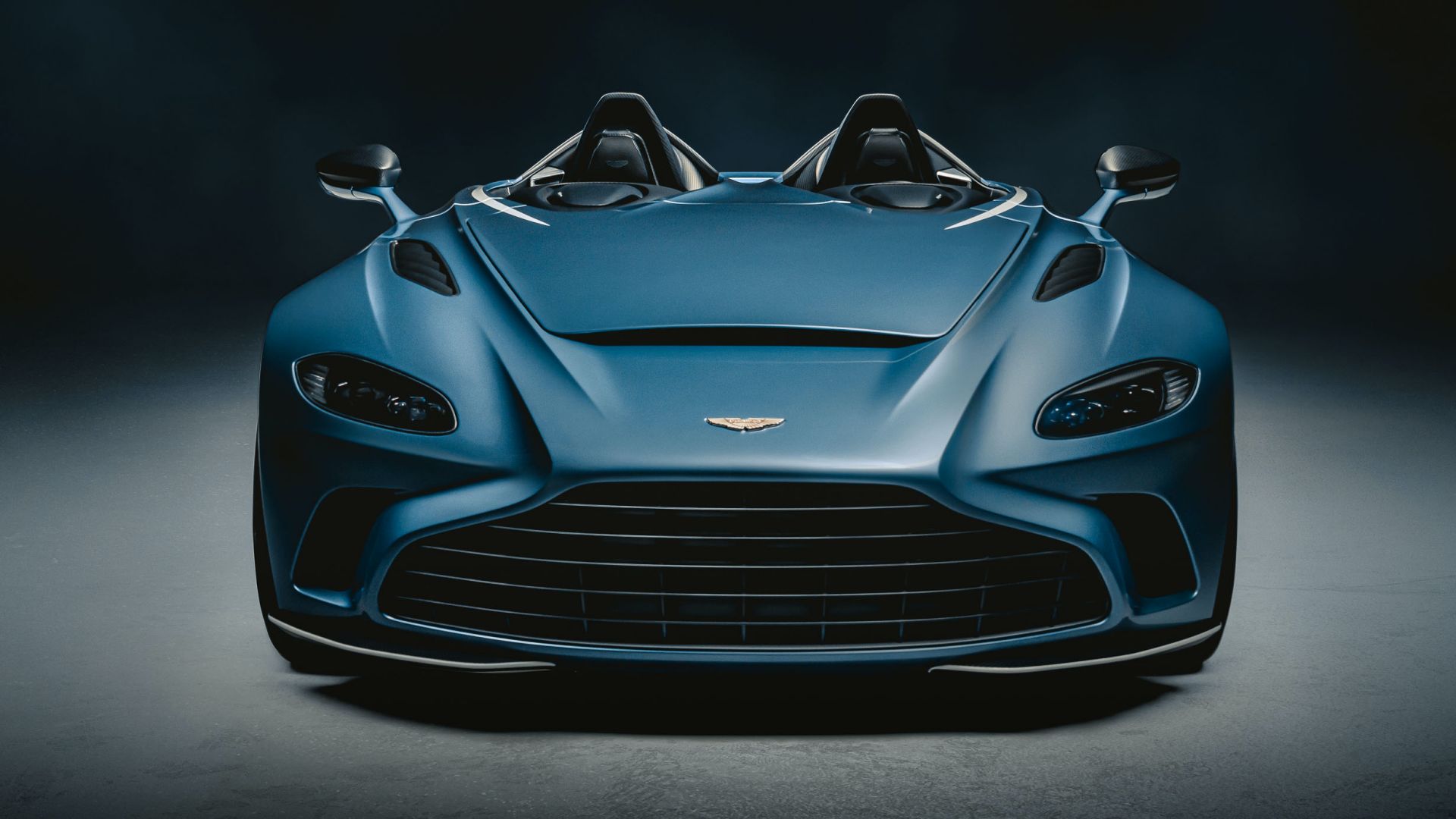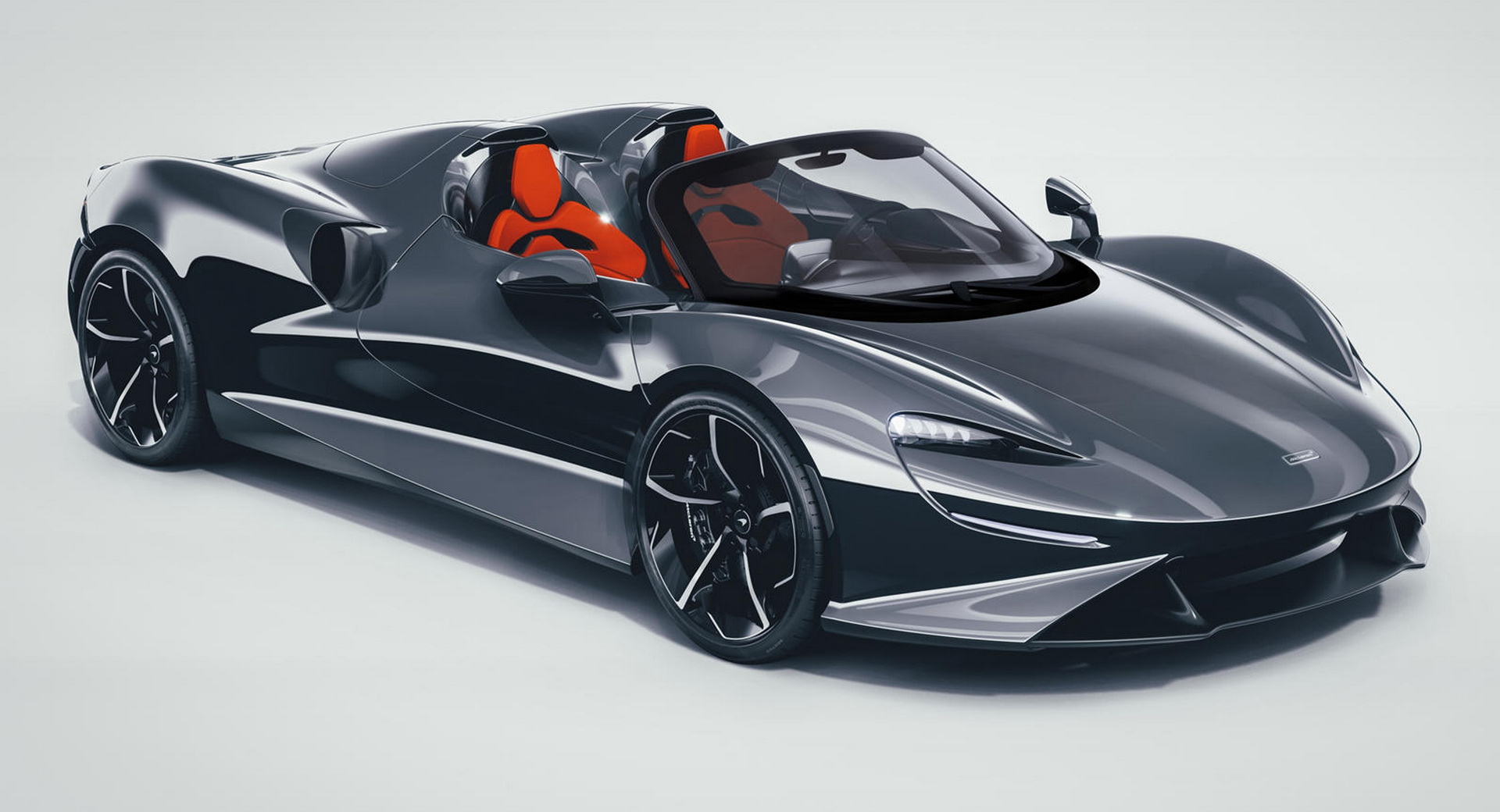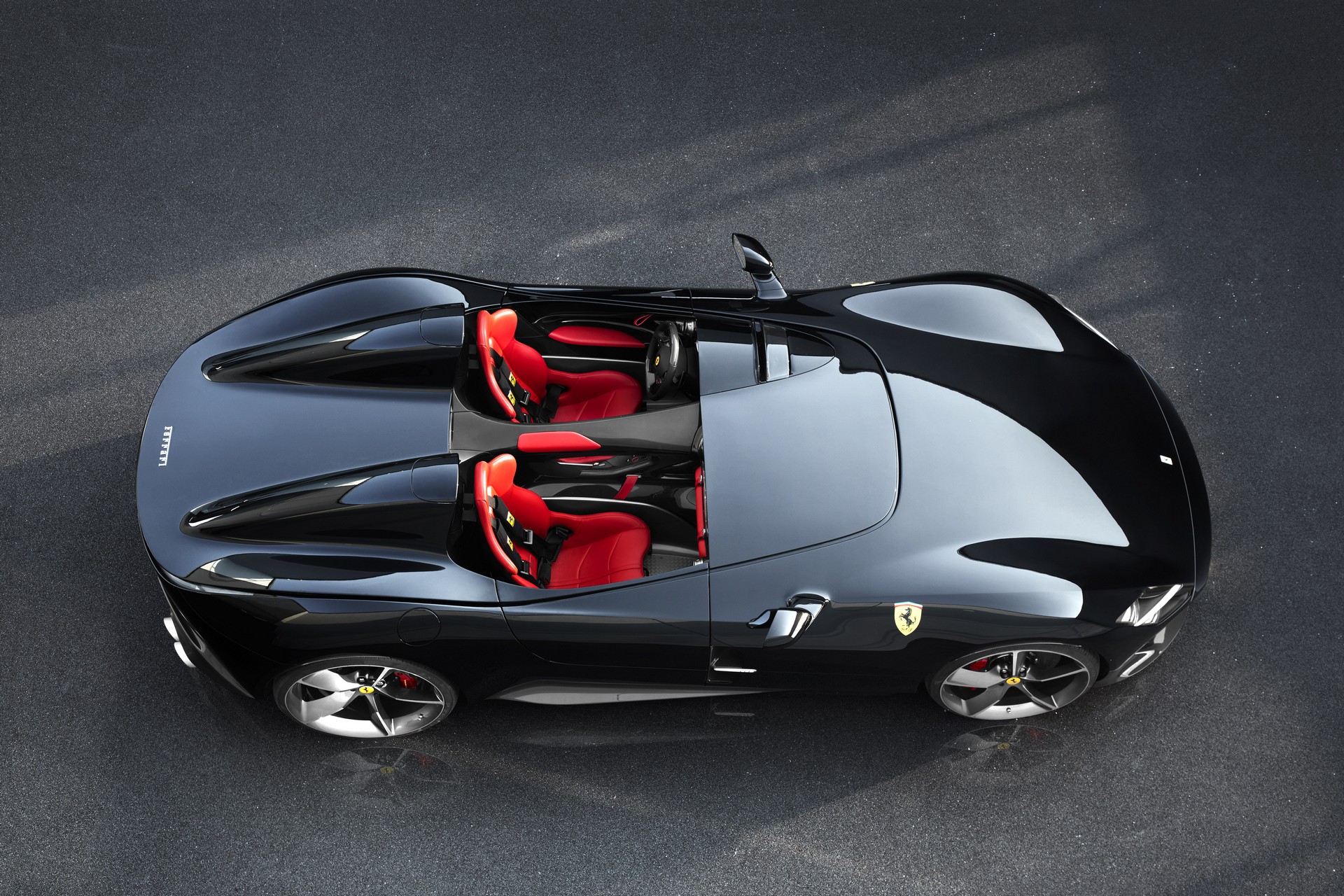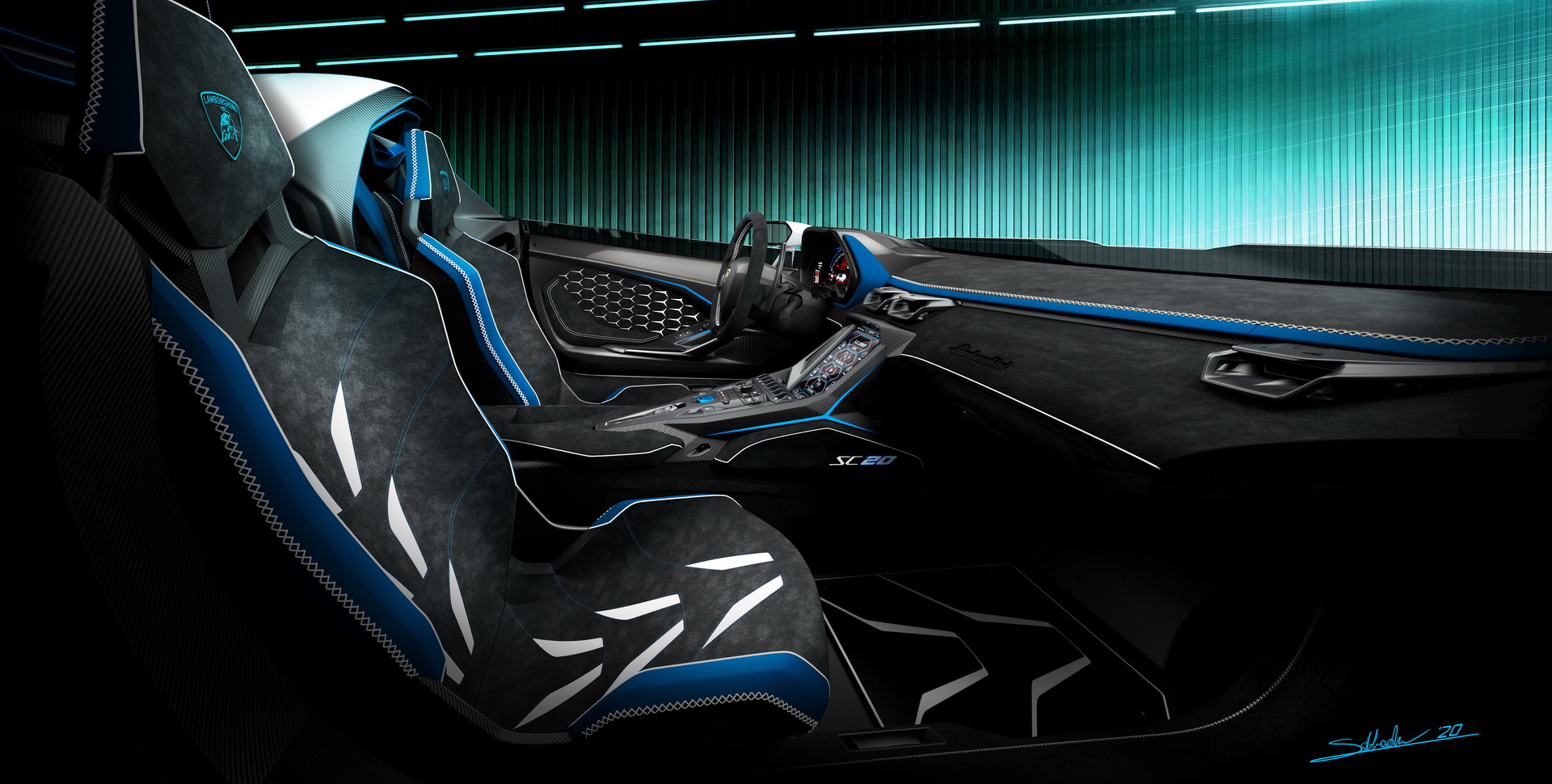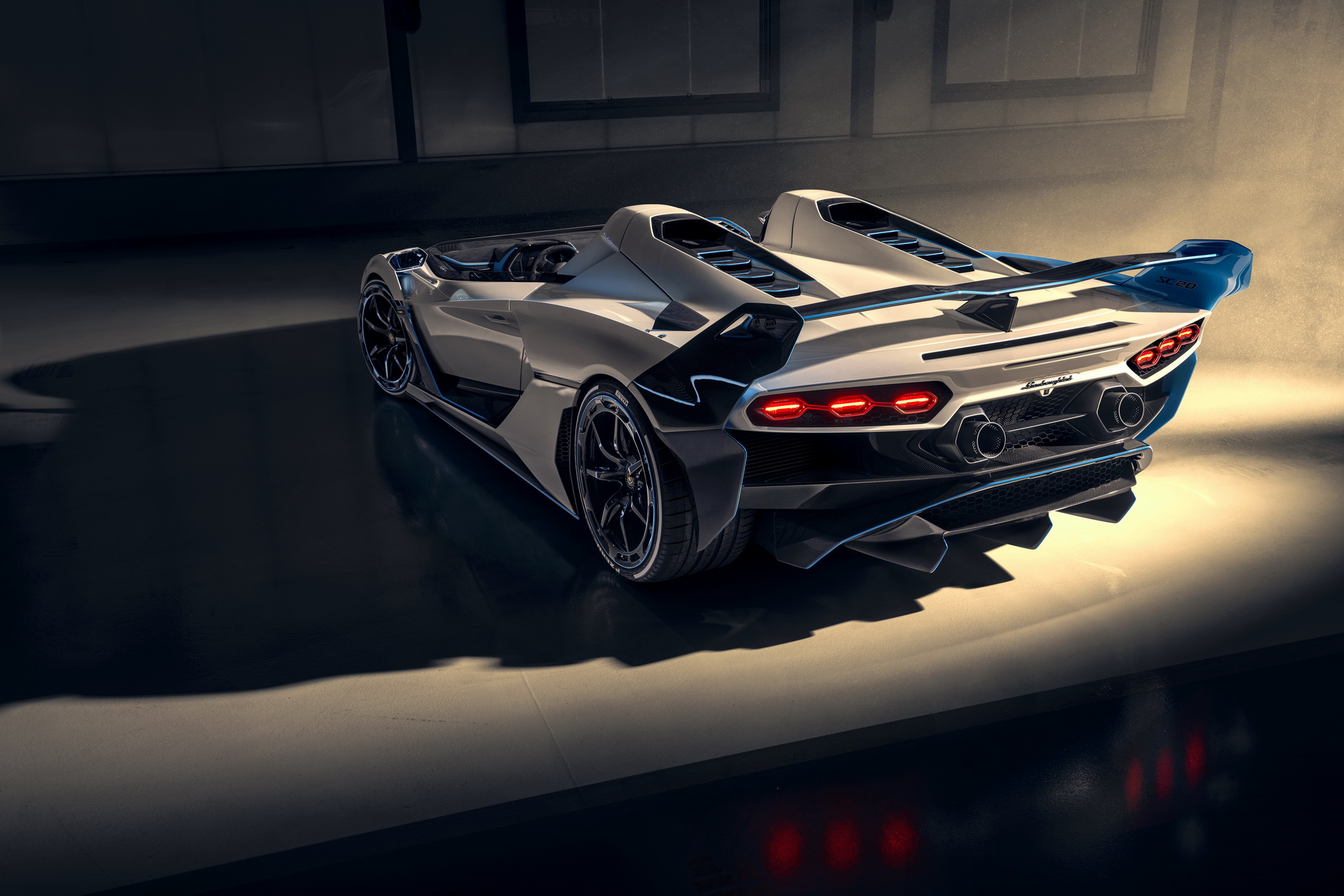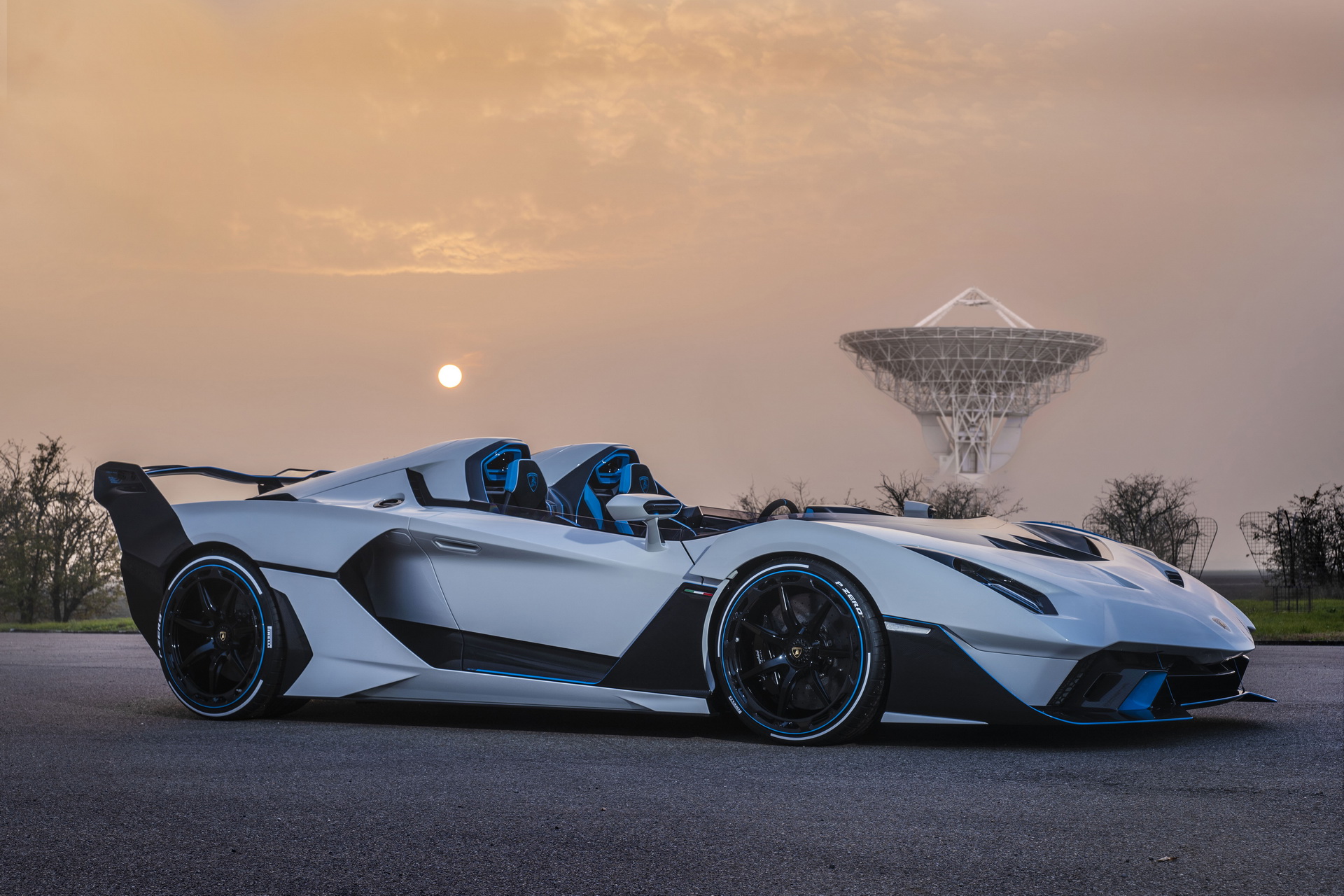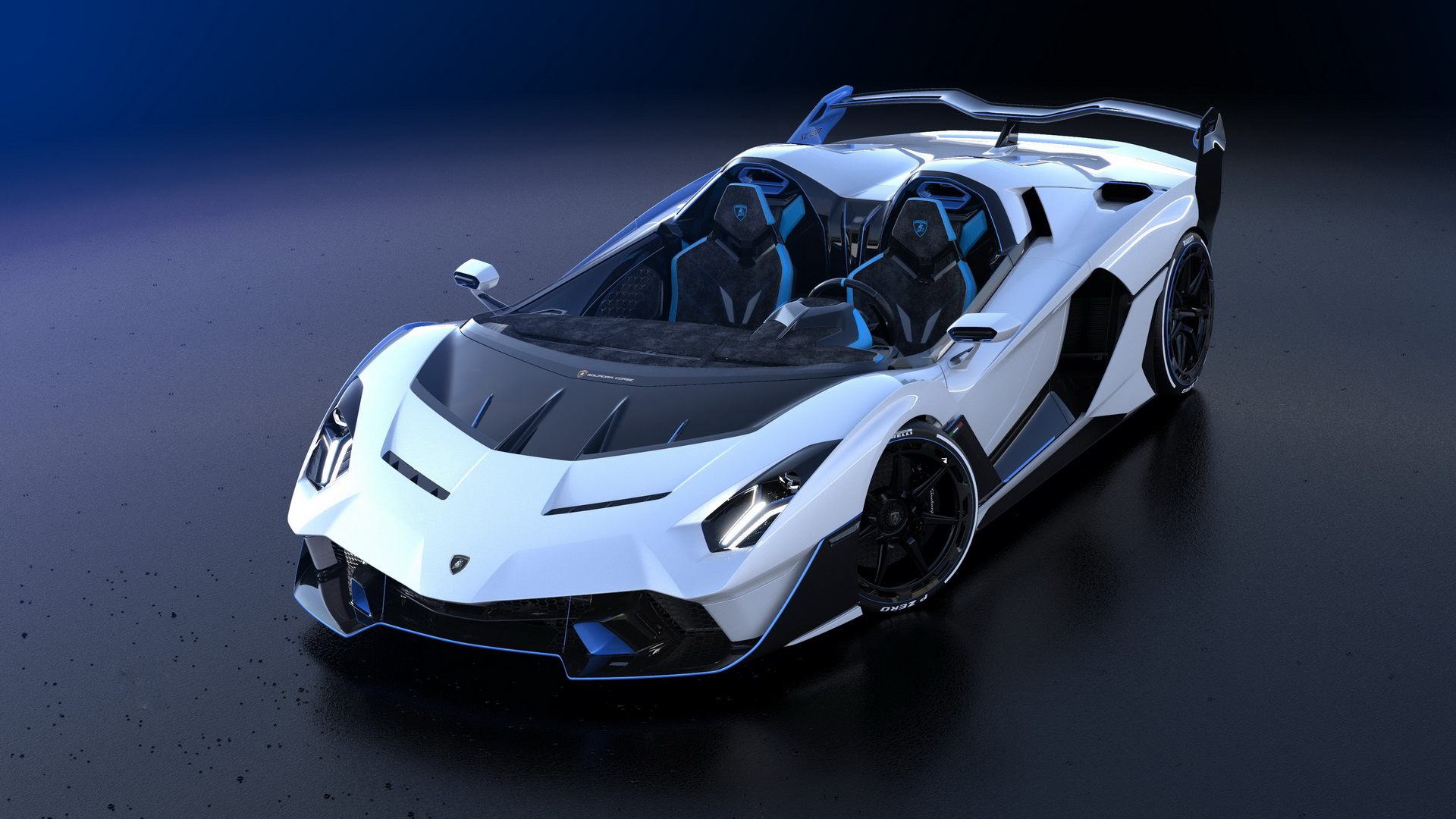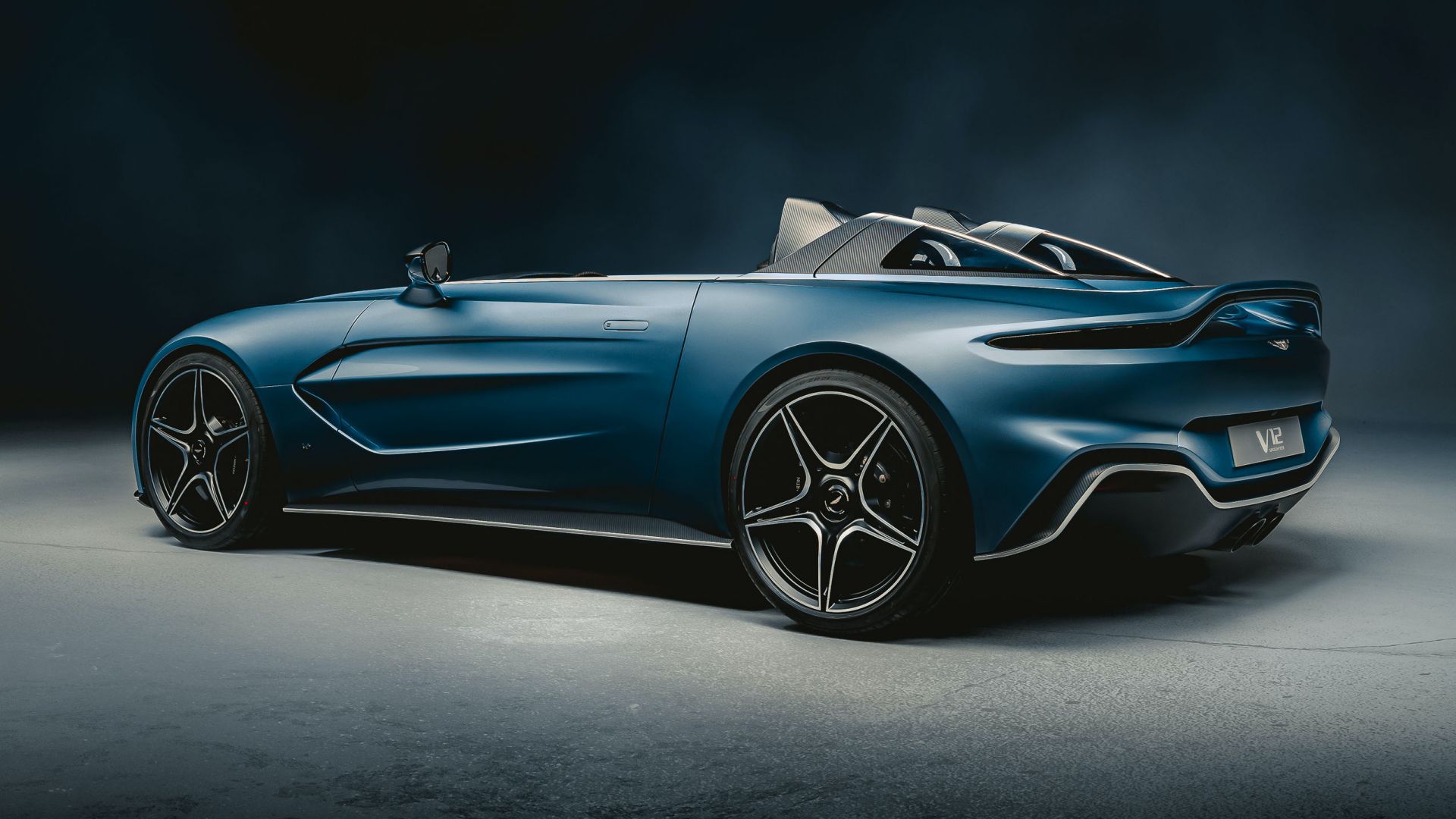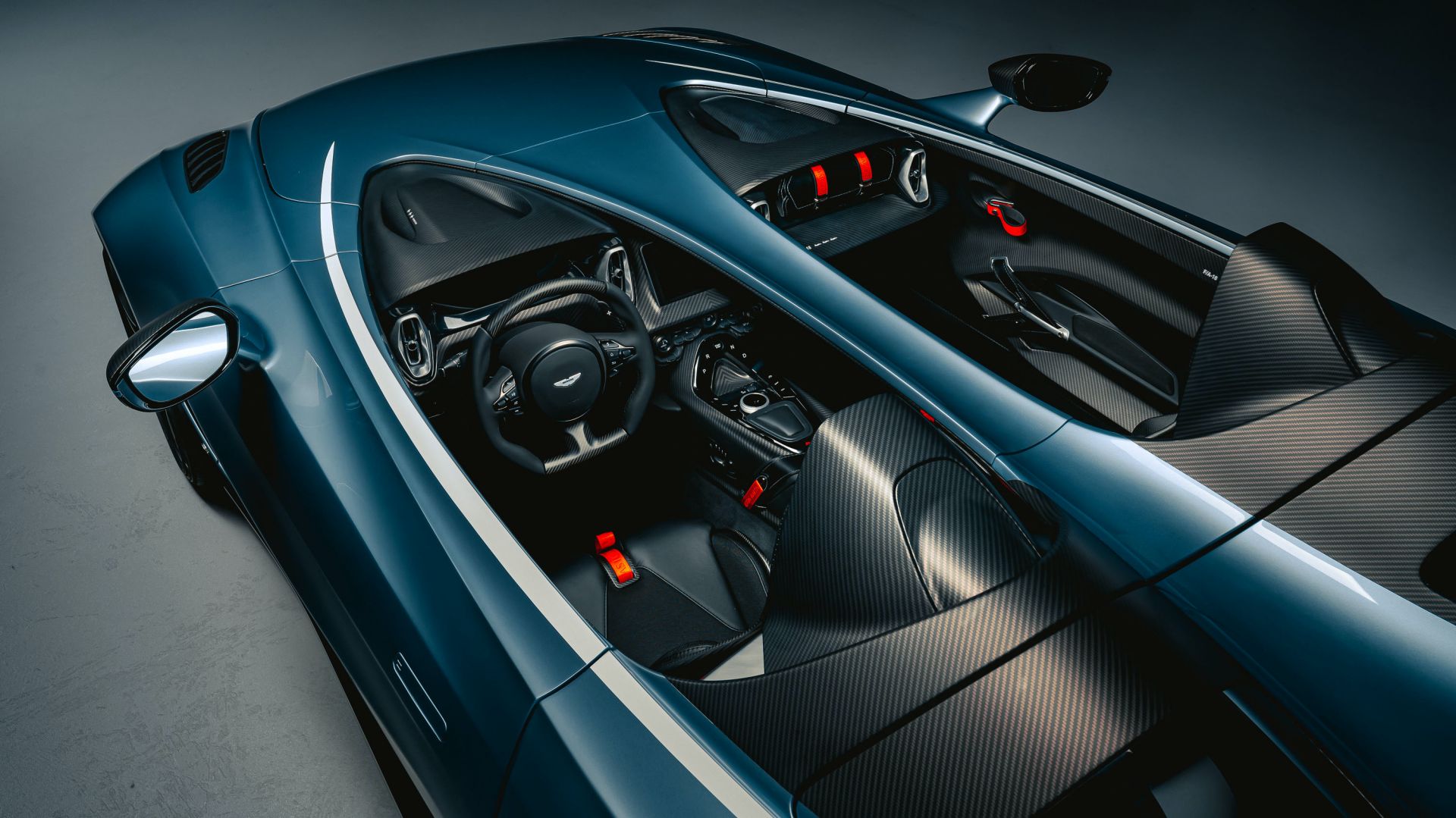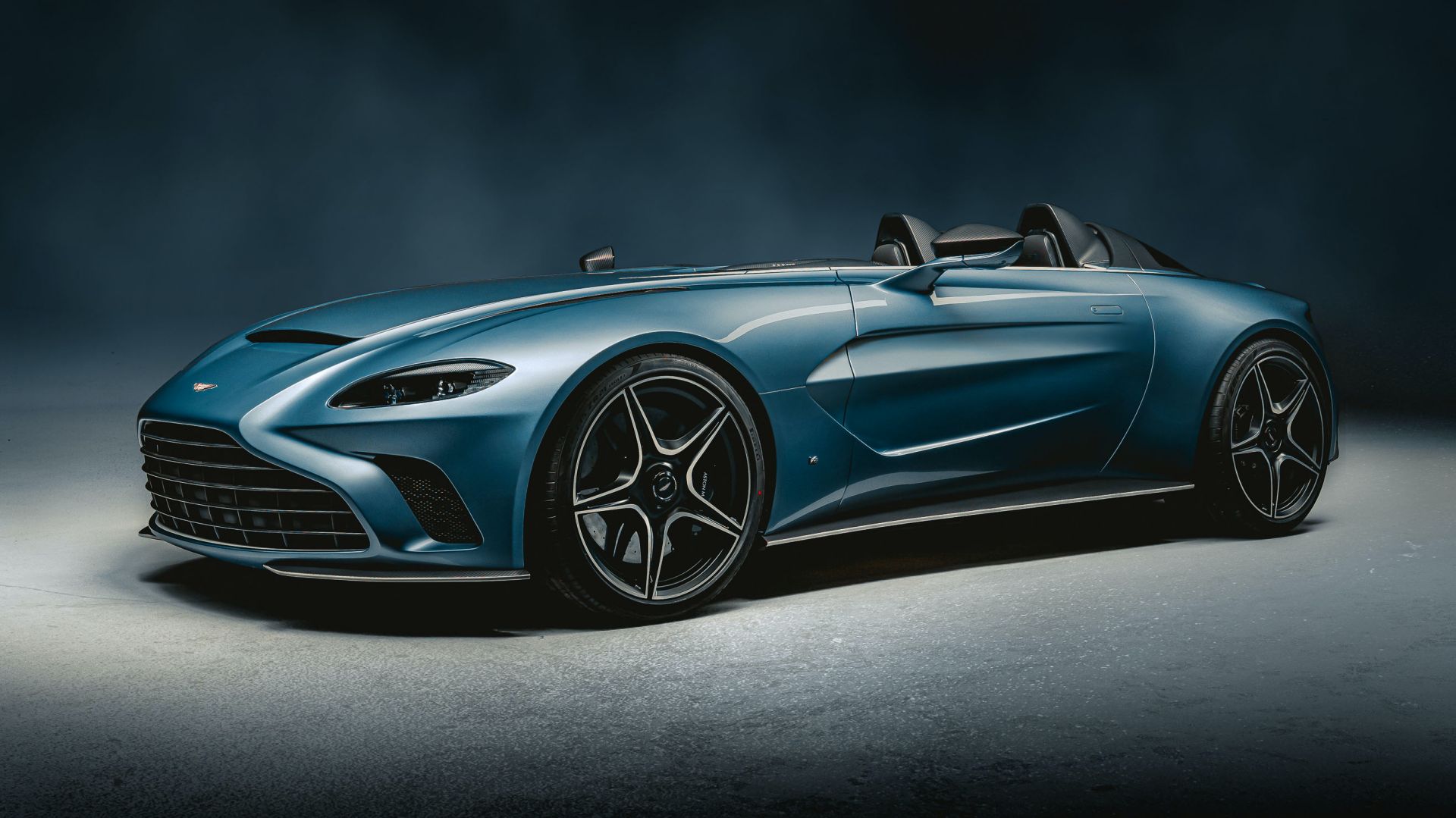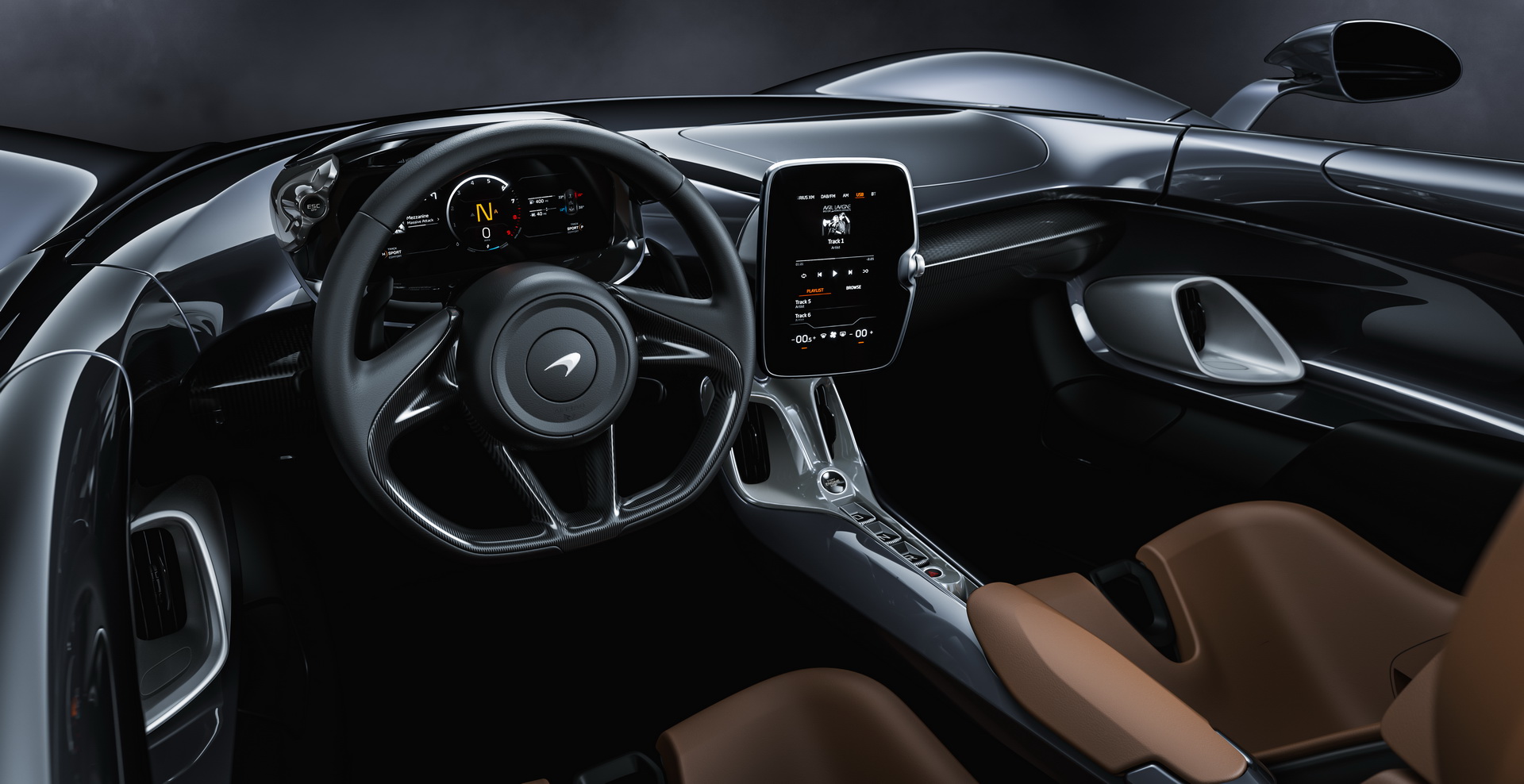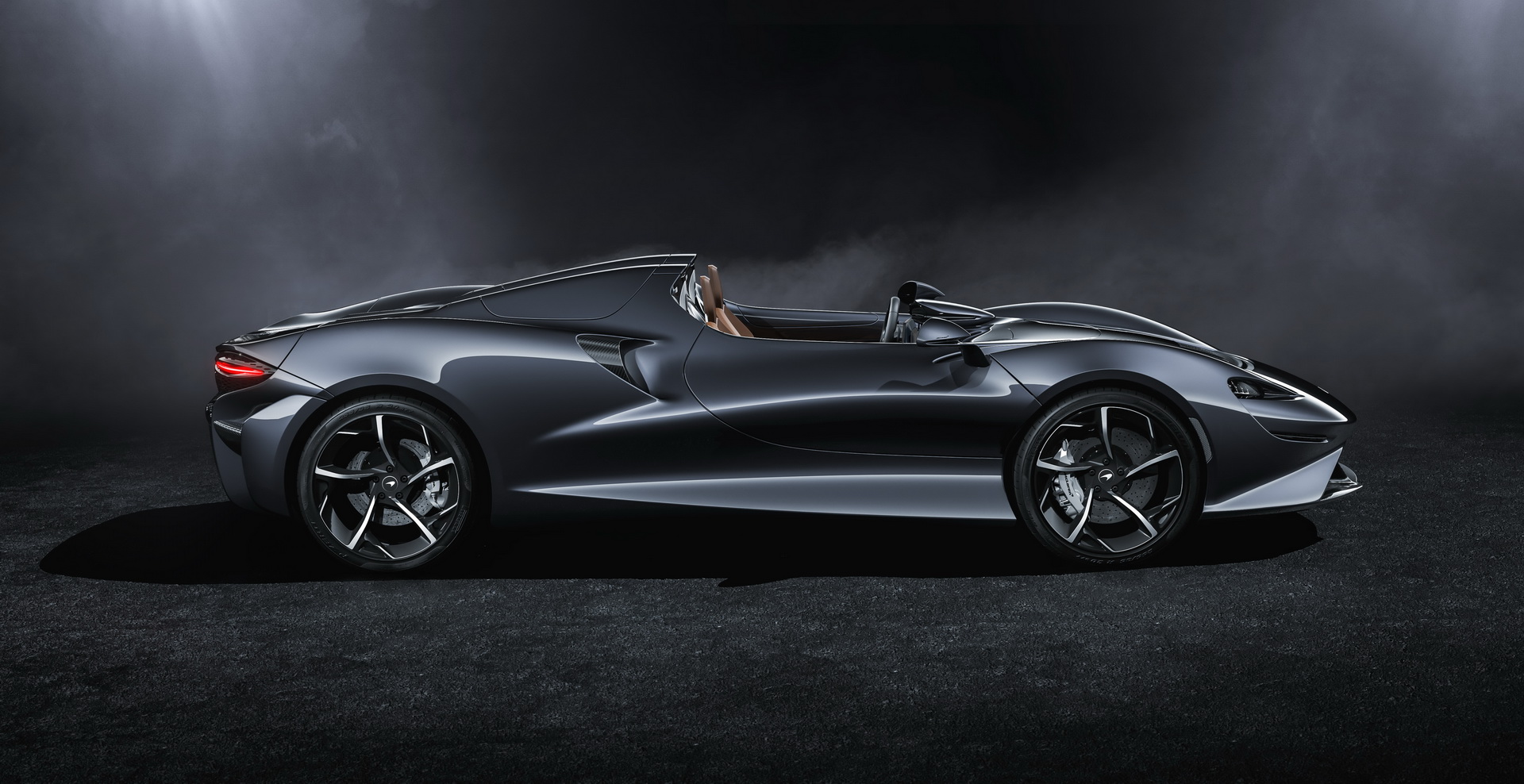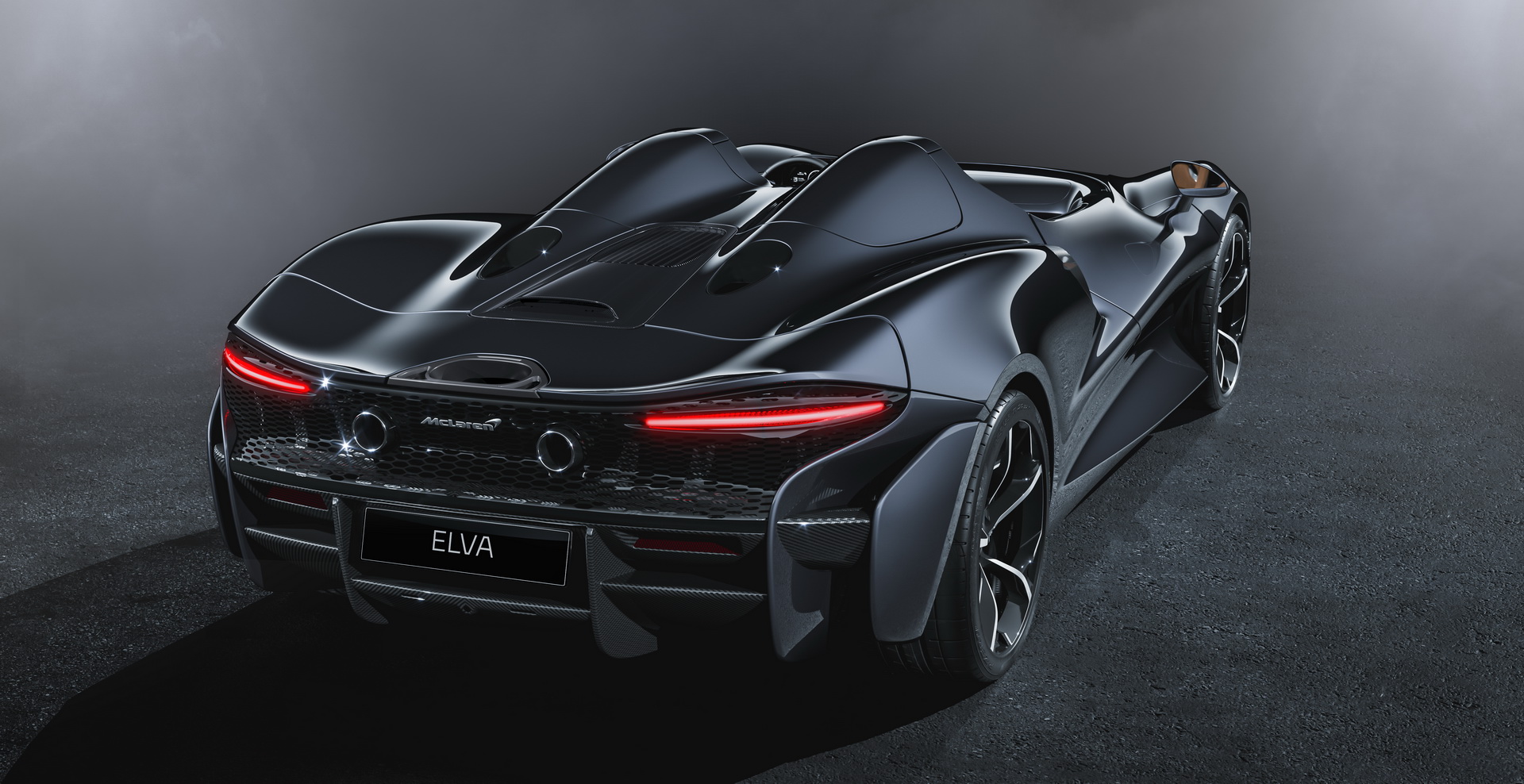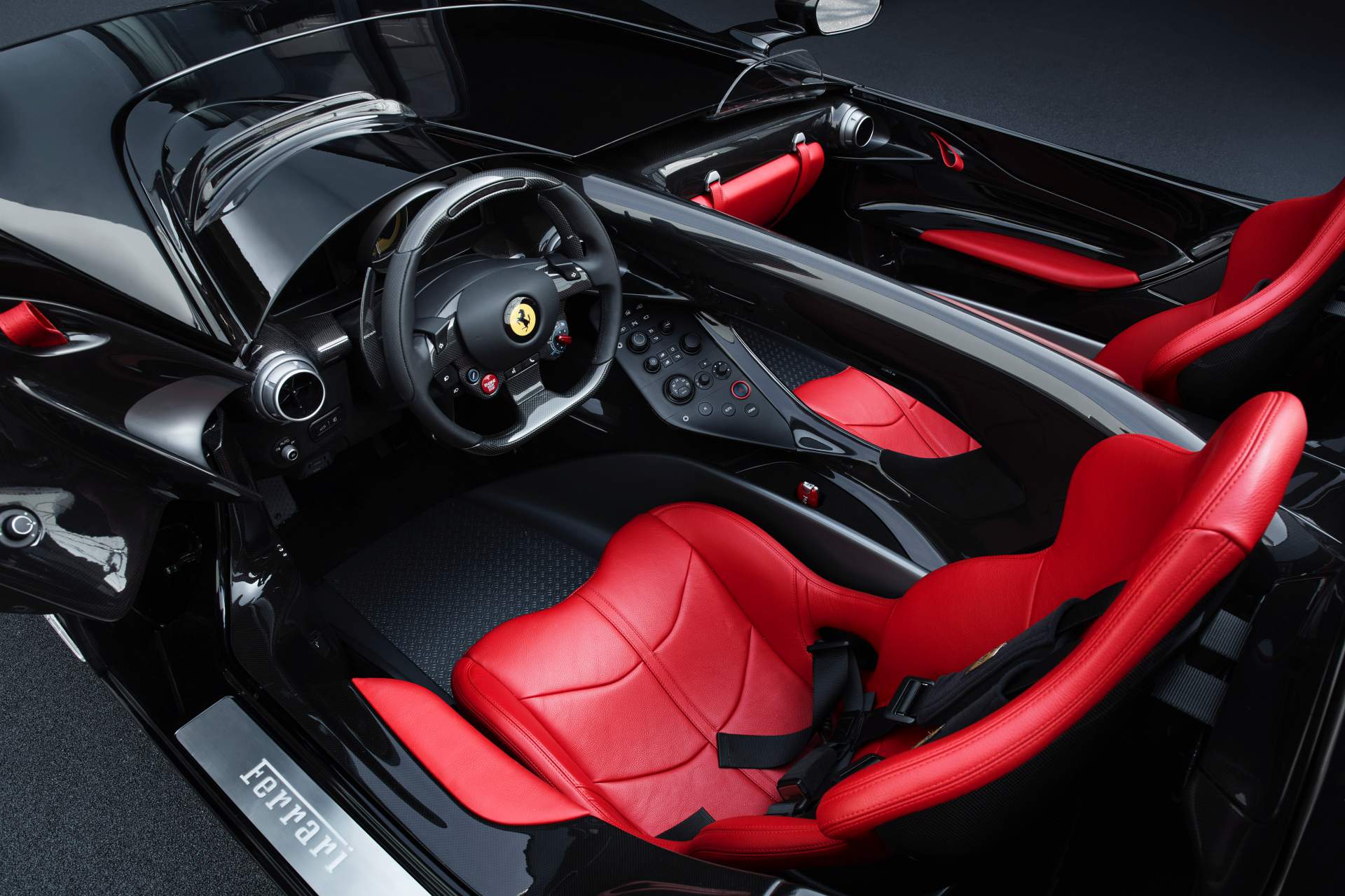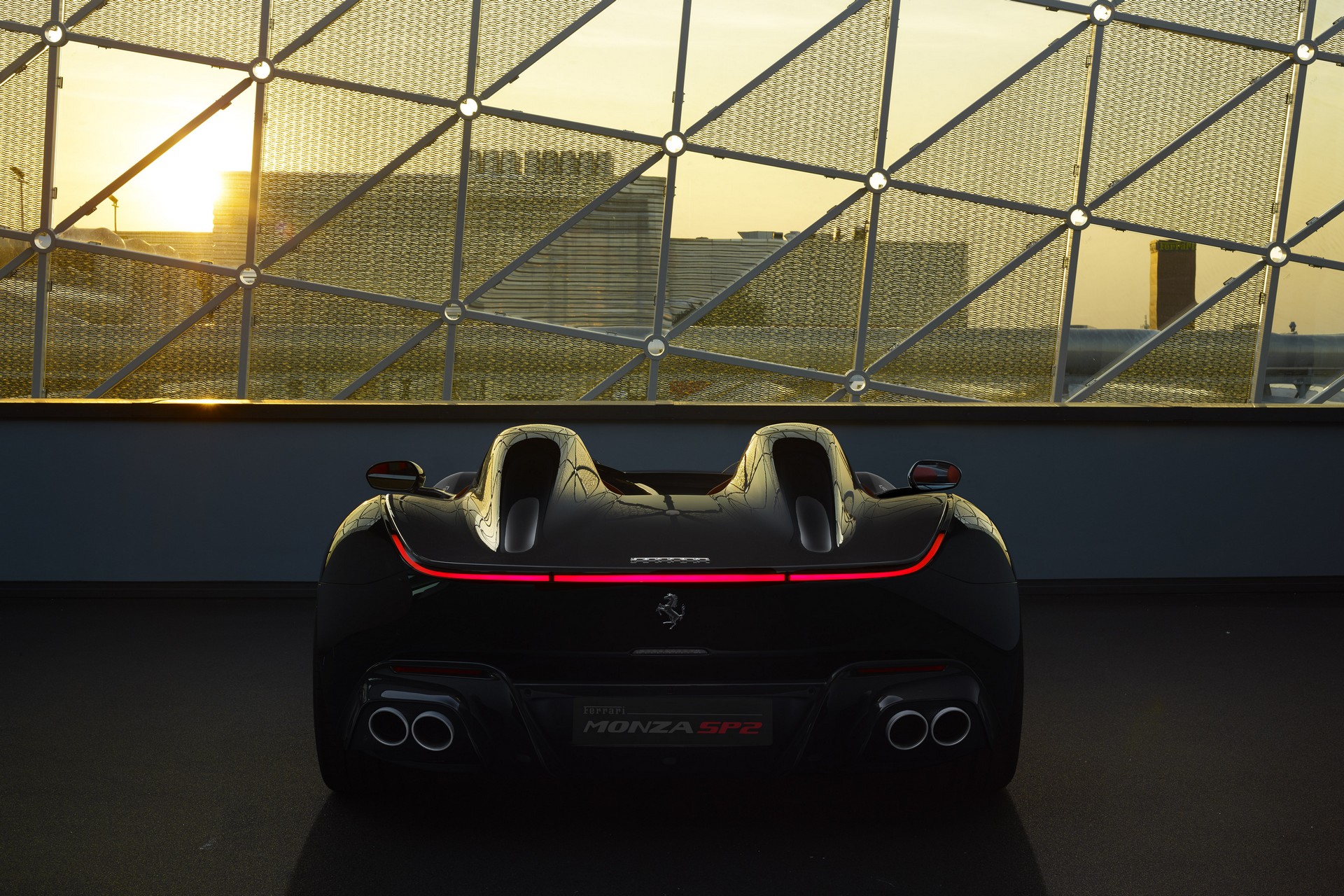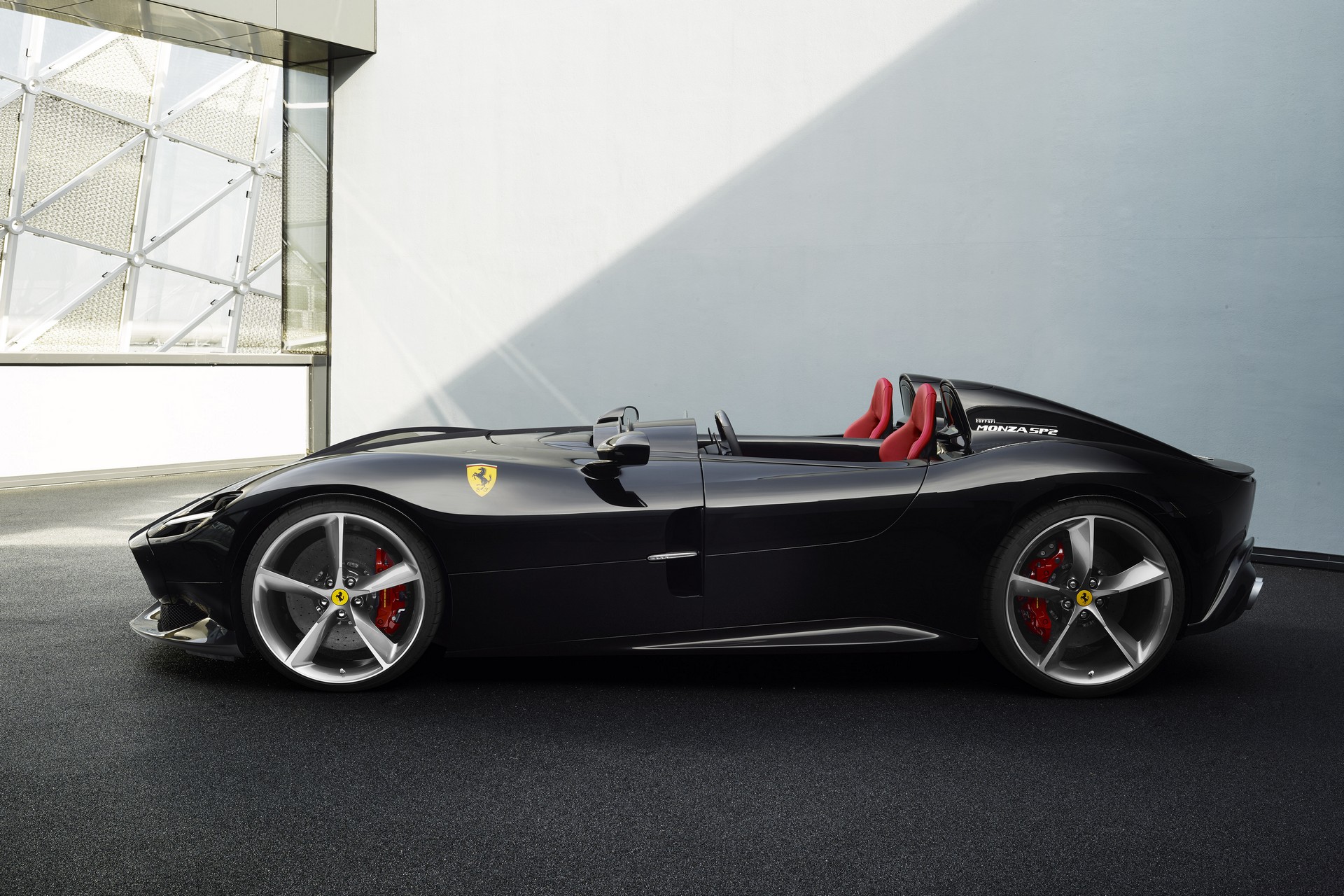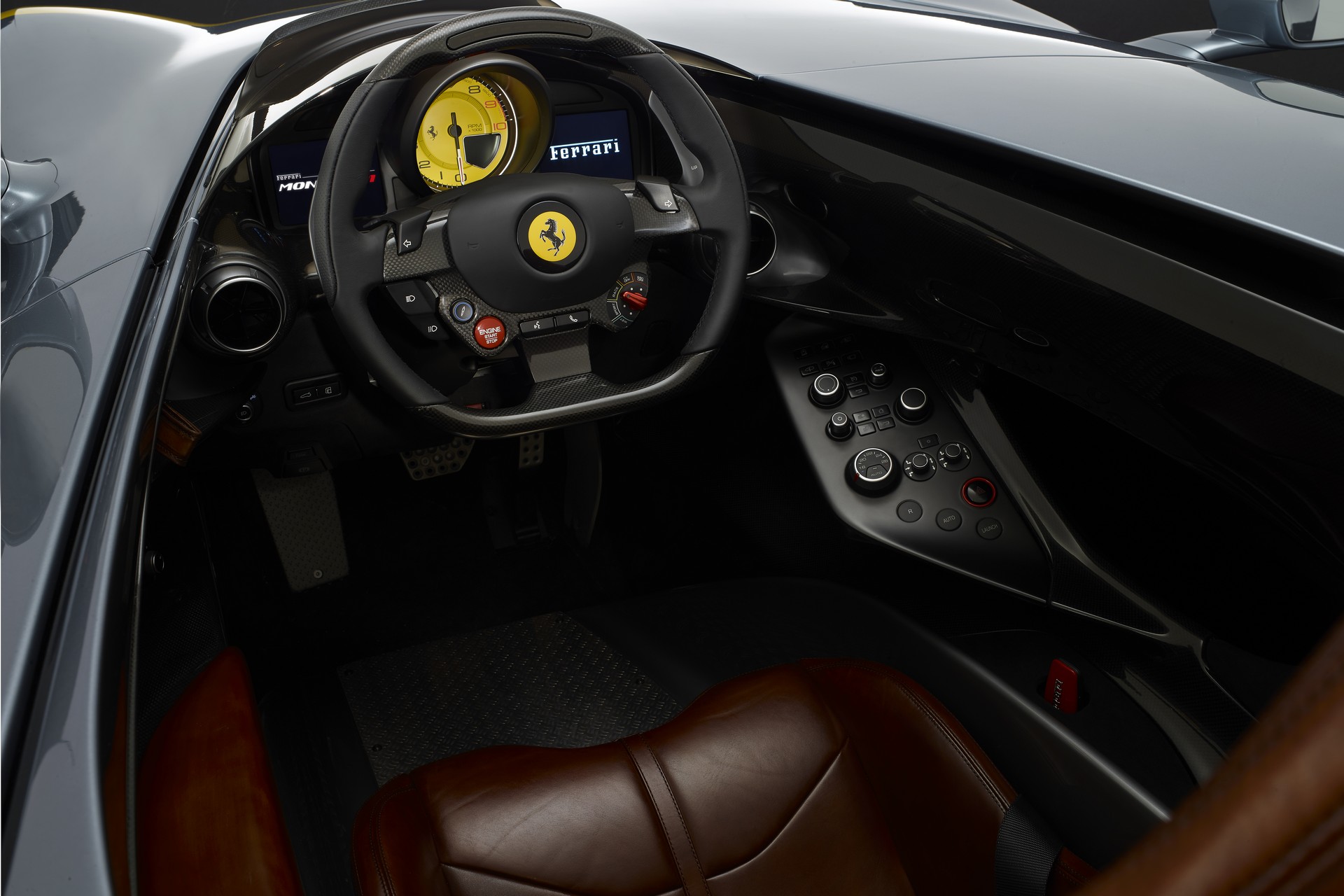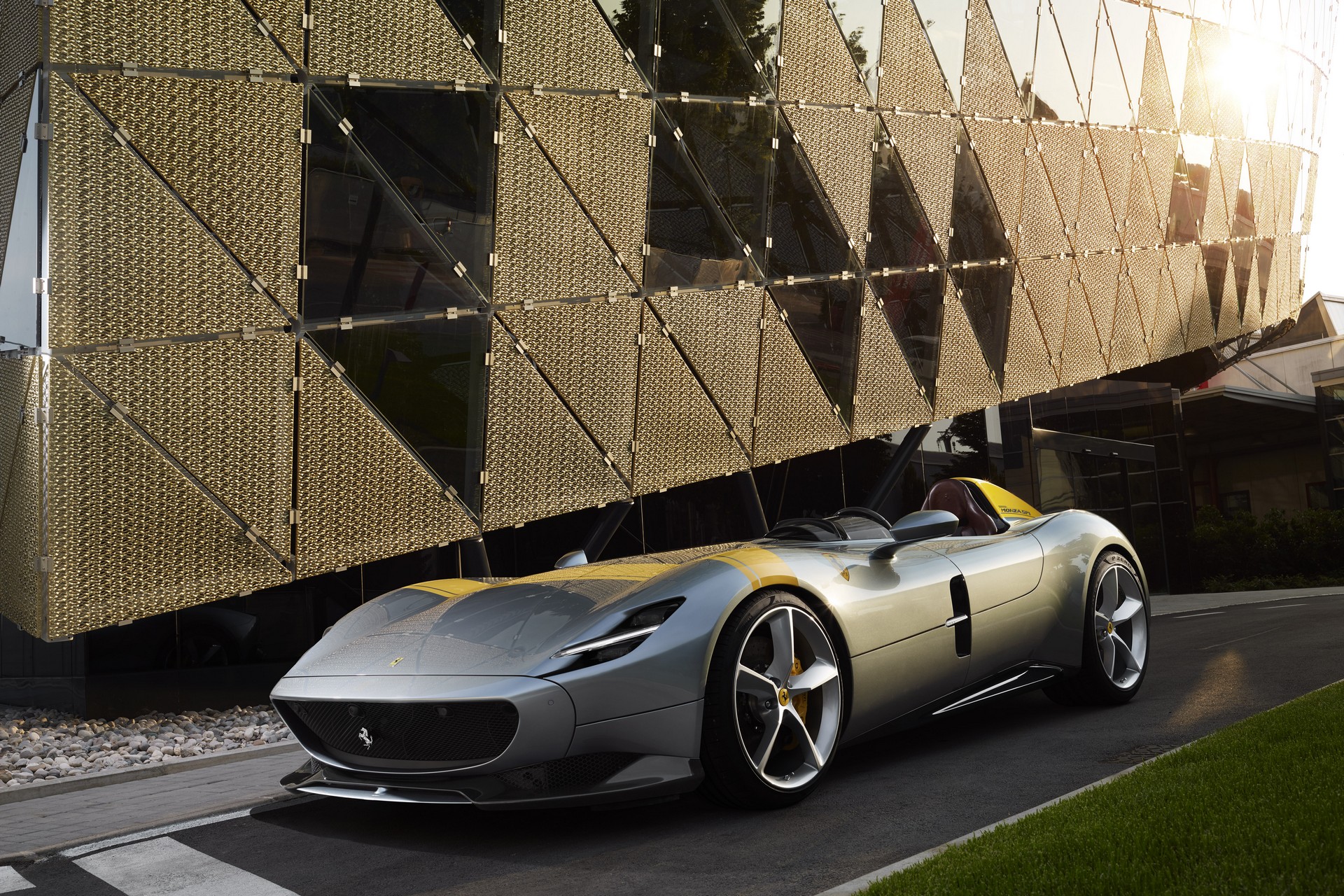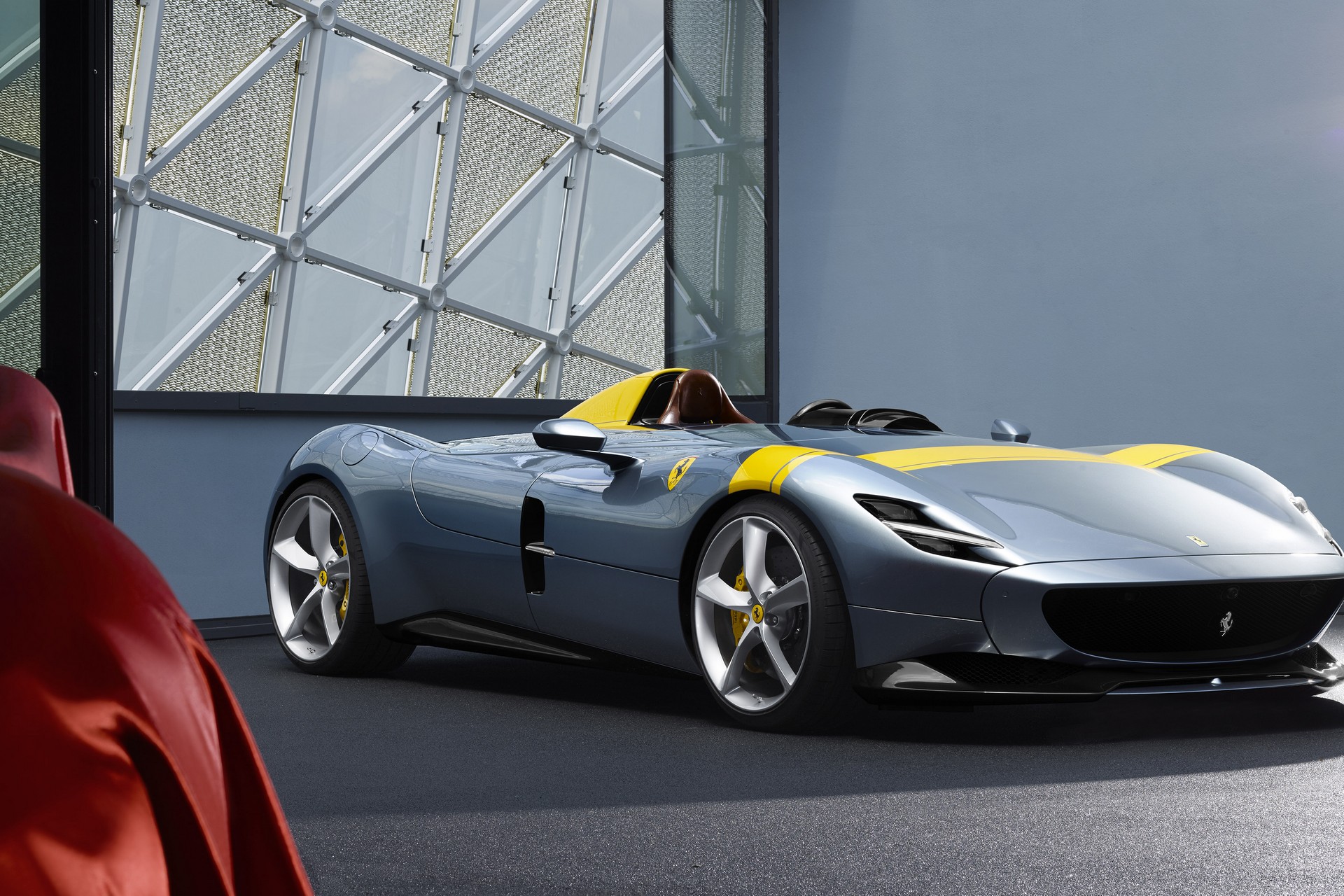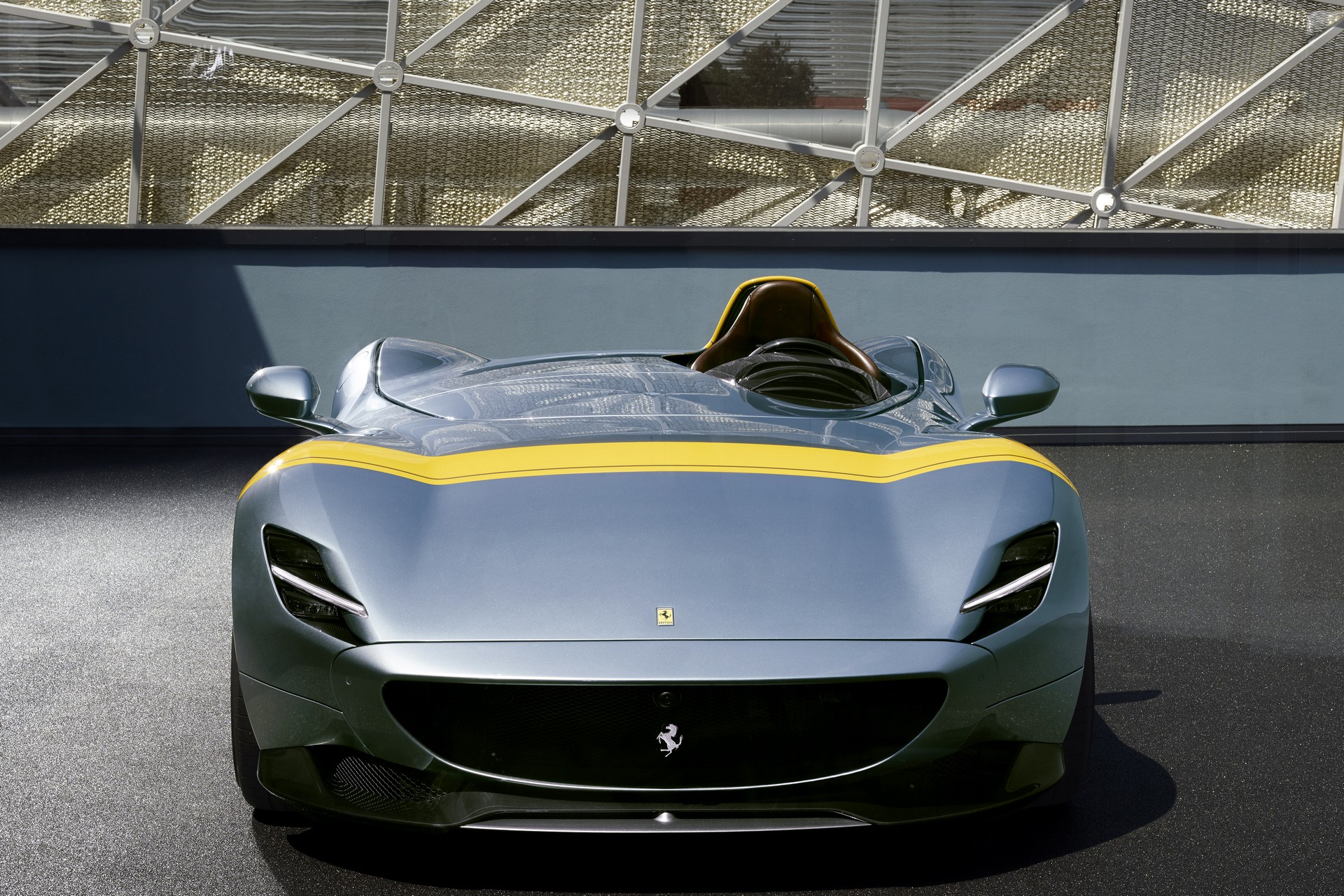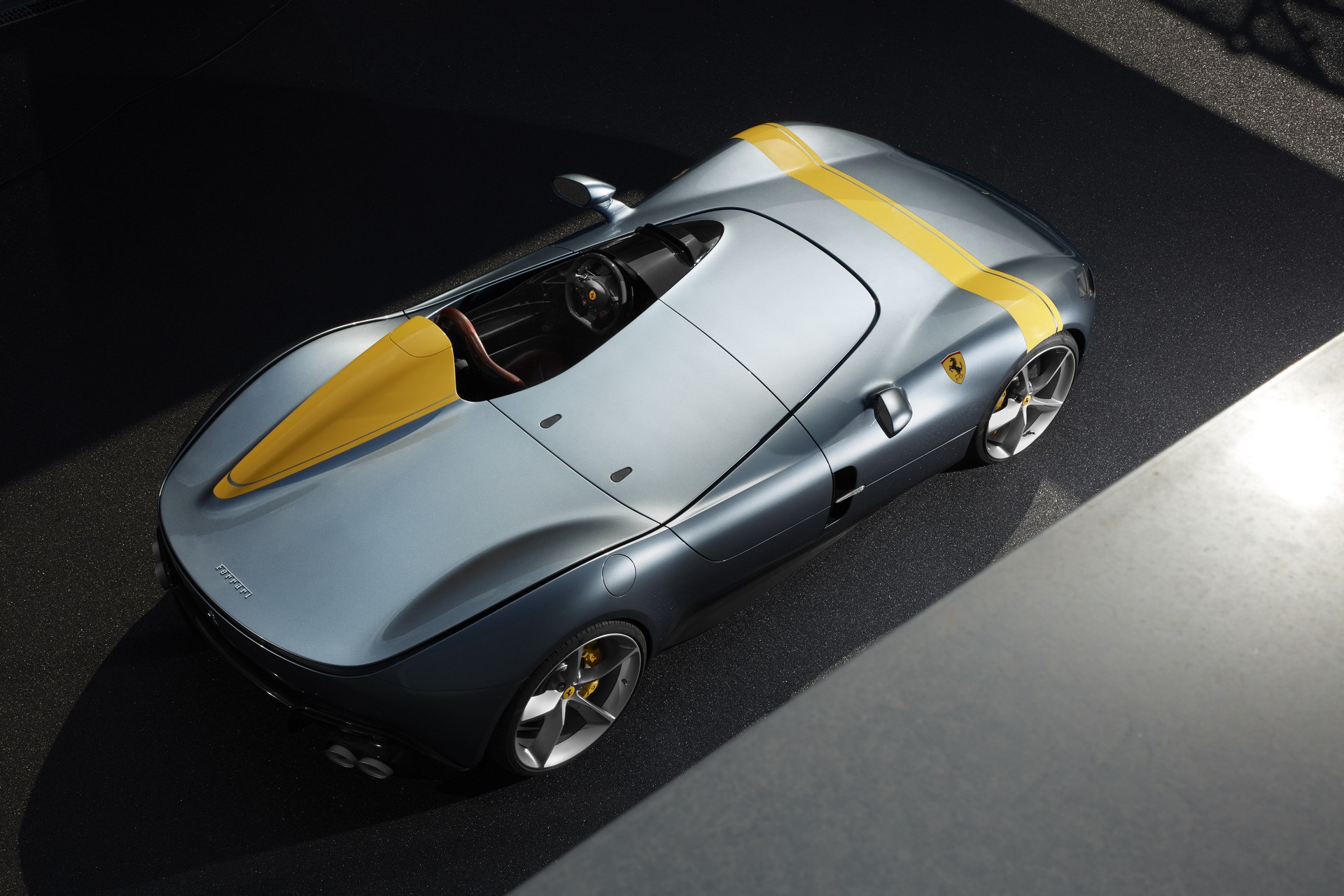The idea of having no protection from the elements in a sportscar is at its core a very romantic one. Adrenaline junkies and racers will tell you that taking the windscreen off a car will bring the whole driving experience closer to that of a motorcycle, not to mention the obvious weight reduction. And in theory, this sounds exciting.
When this is combined with a complete focus on making the car as light as possible, the result is pure magic: the British have championed the idea of lightweight, barebones sports cars for decades, and to this day, you can still buy from companies like Caterham, BAC, and Ariel the equivalent of an epinephrine shot on wheels legally, well, in some parts of the world anyway.
Read More: New Zyrus 1200 Strada Is The Most Insane Road-Legal Lamborghini Huracan On Earth
The vast majority of those who have driven a Caterham on a public road will tell you that its small windscreen takes nothing away from the experience. On the contrary, it gives you a much-needed layer of protection from the elements, especially if you like having things like eyes, teeth, and a head. Driving a Caterham with no windscreen on a public road is only adding terror, not excitement.
The recent trend of screen-less supercars, which has spread like wildfire among exotic carmakers, is one that I have a really hard time to understand. Ferrari led the charge with the Monza, followed by McLaren with the Elva and Aston Martin with the V12 Speedster. Lamborghini was the last one, but their SC20 is a one-off, whereas the rest of them entered a limited production run.
Whereas this is a surefire way of grabbing a few headlines and the attention of your best-paying customers, these special speedsters, or barchettas, are nothing but a hugely less practical version of the (already not that practical to begin with) car they’re based on. Having no screen on a car with over 700 HP doesn’t add to the experience, it simply makes it unusable in most scenarios. Want to wear a helmet? Get yourself a bike. You’ll feel more vulnerable exposed to the elements than ever and save a couple of millions in the process.
There’s no doubt that these specials are a quick and easy way for carmakers to make a good profit, especially in a year so unpredictable as this one, but there’s also no doubt that these speedsters will end up as very expensive decoration objects in very fancy garages.
Modern supercars offer so much performance, with some of them acknowledged as being too fast for driving on public roads. They offer enough excitement already and most of them are available as convertibles too in case you forgot. Having a windscreen was never a problem that needed solving; not in a supercar.
Who knows, maybe I’m in the minority here. But in a world where even Formula 1 has added a halo to protect its drivers, I expect supercar makers to offer at least some protection for their customers.




